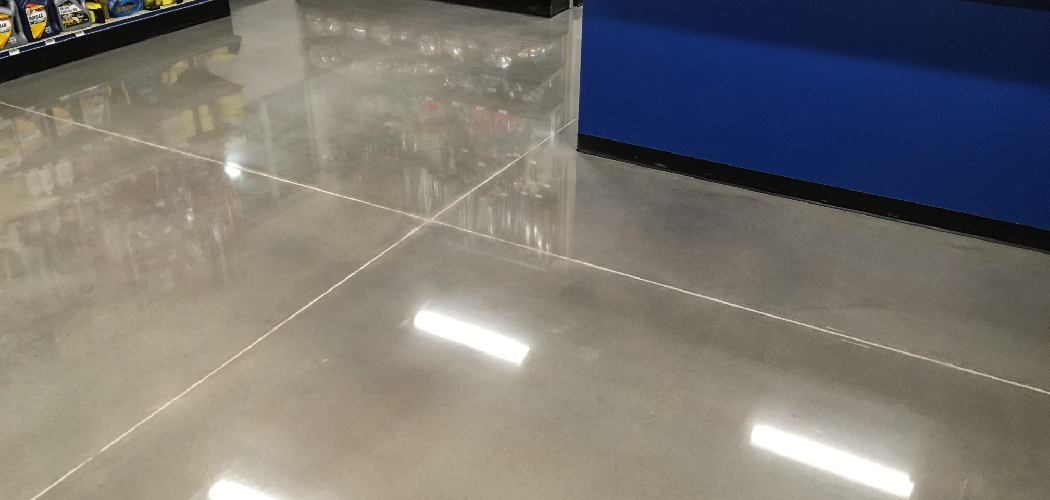Are you having trouble with a sloping concrete floor in your home or office? Sloping concrete floors can be an issue in both residential and commercial buildings, disrupting water runoff and causing uneven surfaces. Poorly leveled floors are not only unsightly, but they also present a safety hazard to people using the area.
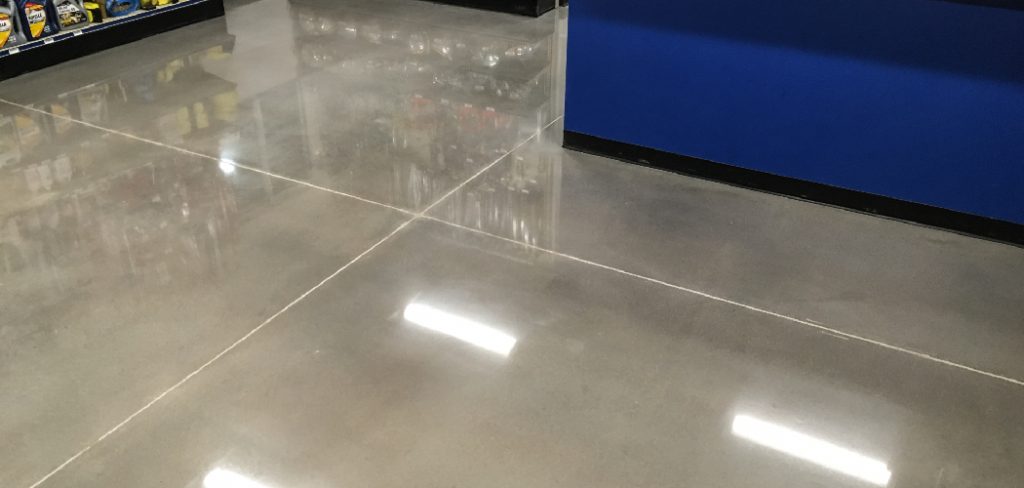
If you’re wondering how to level a sloping concrete floor, you’ve come to the right place! In this blog post, we will discuss some of the different options available for leveling sloped concrete floors, including grinding and installing self-leveling cement. We’ll go into detail about what each option requires so that you can choose the best method for your particular situation.
By following several simple steps, you can quickly and easily take care of this issue and make sure that your floors are safe for everyone who visits them. Read on to learn more about leveling sloped concrete floors!
Why Do You Need to Level a Sloping Concrete Floor?
1. water Draining
When you have a sloping concrete floor, it can be both unsightly and disruptive. Water runoff is affected by the slope of the floor, as it will not drain properly if the slope isn’t leveled. Uneven surfaces can also create tripping hazards for people walking across them. To make sure that water drains correctly and to avoid potential safety issues, it is important to level a sloping concrete floor.
2. Structural Stability
A sloped concrete floor can also affect the structural stability of the building overall. The uneven surface can put extra stress on walls and foundations, which can cause them to crack or become weak over time. If a sloping concrete floor is not addressed in a timely manner, it can cause significant and expensive damage to the building in the long run.
Now that you know why it’s important to level a sloping concrete floor, let’s look at how you can go about doing it.
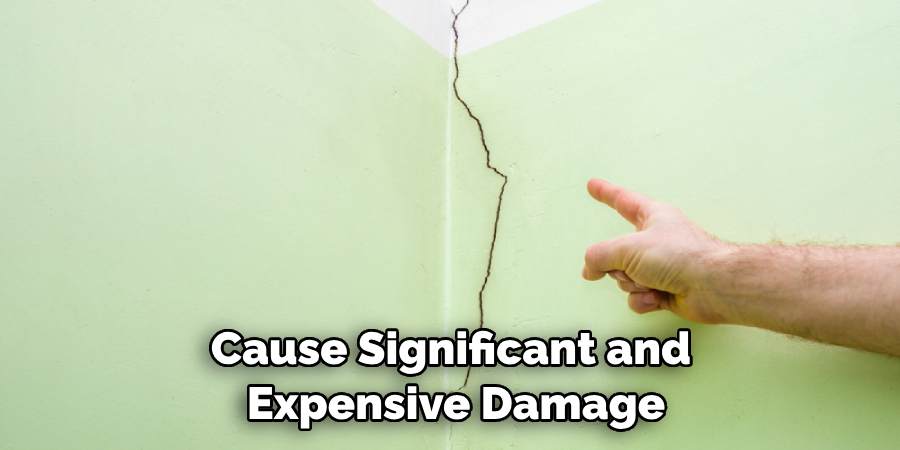
Required Items for Leveling a Sloping Concrete Floor
1. Grinder
If you’re looking to level your sloping concrete floor quickly and easily, a grinder is the best tool to use. A grinder will grind down any high spots on the floor and can be used in tight spaces or corners where other tools may not fit.
2. Self-Leveling Cement
Self-leveling cement is an easy and effective way to level out a sloping concrete floor. This material can be spread over the surface and then smoothed down to create a flat, even surface. It is important to make sure that you mix it properly according to the instructions on the packaging.
3. Trowel
A trowel is used to spread the self-leveling cement evenly over the surface of the concrete floor and to also smooth it out. Make sure that you have a good-quality trowel so that you can get the best results.
4. Protective Gear
Make sure that you wear all necessary protective gear when working on any project involving concrete. Safety goggles, gloves, and dust masks are all important items to have on hand when leveling a sloping concrete floor.

How to Level a Sloping Concrete Floor in Easy 10 Steps
Step 1: Checking Damage
Check the floor for any signs of damage or cracks. If you find any, repair them before leveling the floor. Checking for damage is important to ensure that the leveling process does not cause further damage.
Step 2: Grinding Down High Spots
Once you’ve checked the floor for any damage, it’s time to grind down any high spots on the concrete. A grinder is the best tool to use for this job. Be sure to wear protective gear and to work slowly and carefully when grinding down the concrete.
Step 3: Preparing Self-Leveling Cement
Once you’ve ground down the high spots on the floor, it’s time to prepare your self-leveling cement. Read the instructions on the packaging and mix it according to those directions.
Step 4: Applying Self-Leveling Cement
Once the self-leveling cement is mixed, it’s time to apply it to the concrete floor. Use a trowel to spread the material evenly across the surface, and then use the flat side of the trowel to smooth out any bumps or ridges that may have formed.
Step 5: Waiting for the Cement to Dry
Once you’ve applied the self-leveling cement, let it dry for the recommended time. This will usually be anywhere from 30 minutes to an hour, depending on the product.
Step 6: Grinding Down Any Uneven Spots
Once the cement is dry, use a grinder to grind down any uneven spots. This will help to ensure that the floor is even and level when it’s finished. Grinding down any high or low spots will also help with water drainage.
Step 7: Applying a Sealer
Once the floor is even and level, it’s time to apply a sealer. This will protect the concrete from wear and tear, spills, and stains. It will also give the floor a nice shine that will last for years to come.
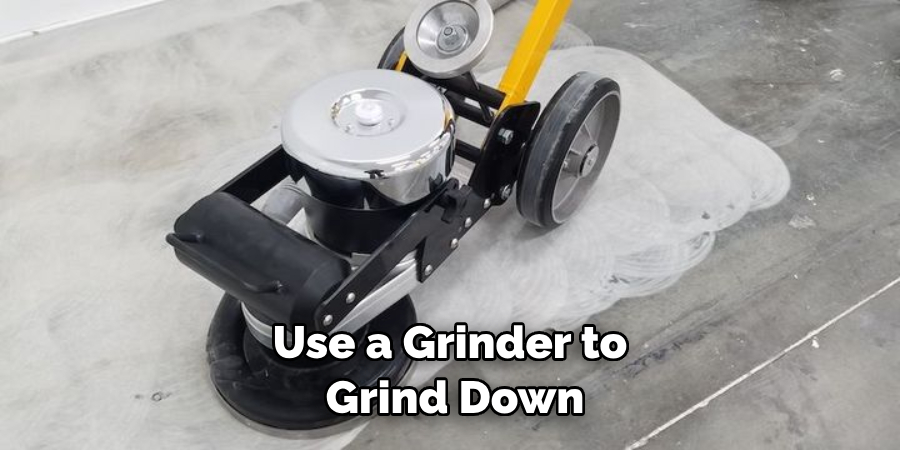
Step 8: Applying a Finishing Coat
Once the sealer has been applied, it’s time to apply a finishing coat. This will give the floor an extra layer of protection and also provide an attractive finish. Finishing coat products are available in a variety of colors and finishes, so you can choose one that matches the rest of your décor.
Step 9: Cleaning Up
Now that the floor is leveled and sealed, it’s time to clean up any excess material or debris from the process. Vacuum and mop the area to make sure that it is free of any dirt or dust that may have been created.
Step 10: Admiring Your Newly Leveled Floor!
Once you’ve finished the steps, it’s time to admire your work! Enjoy your newly leveled and sealed floor, and make sure you take pride in the fact that you did it yourself.
By following these steps on how to level a sloping concrete floor, you can quickly and easily take care of this issue and make sure that your floors are safe for everyone who visits them. A leveled concrete floor will also provide better water drainage and help keep the structural stability of the building intact over time.
8 Safety Precautions to Follow When Leveling a Sloping Concrete Floor
When you are leveling a sloping concrete floor, it is important to take the necessary safety precautions to ensure that no injury or health risks occur. Here are eight safety tips you should follow when working with concrete:
1. Wear protective gear always. You should always wear protective eyewear, gloves, and a dust mask when working on a concrete floor. This will protect your eyes and lungs from any debris that may be stirred up in the air.
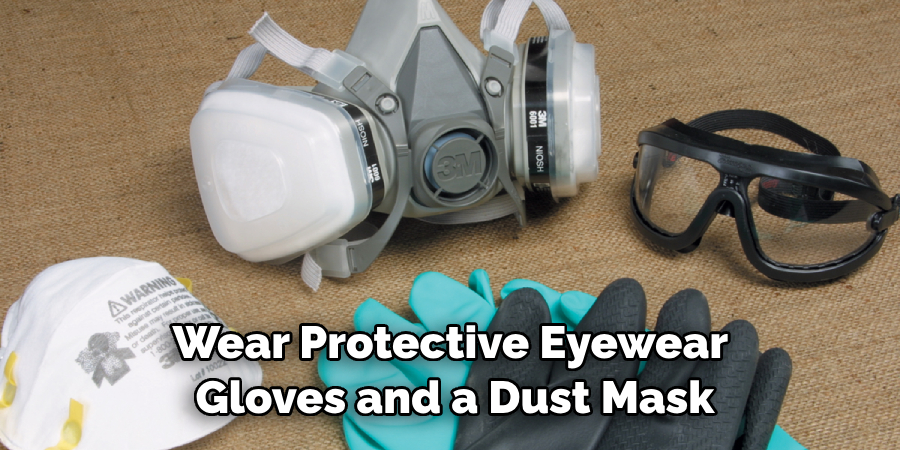
2. Make sure to wear comfortable shoes or boots with good traction. Leveling a concrete floor requires you to move around, and you need to make sure you have reliable footwear for safety purposes.
3. Make sure to use the right tools. It is important to use the correct tools for leveling, such as a concrete leveler, trowel, and chisel. Using the wrong tool can cause permanent damage to your floor or an injury to yourself.
4. Check outlets and electrical wiring before beginning work. Before you start working on your sloping concrete floor, it is important to make sure that any outlets or electrical wiring in the area are covered and safely tucked away.
5. Work in well-ventilated areas. The dust created from leveling a concrete floor can be hazardous to your health, so always work in an area with good ventilation and adequate airflow. Well, ventilation will also help to reduce the smell of concrete dust.
6. Be aware of your surroundings at all times. When working on a sloping concrete floor, it is important to be aware of any potential hazards in the area that can cause injury or damage. This may include sharp objects, uneven surfaces, and slippery spots.
7. Never use power tools without reading the instructions carefully. Power tools, such as a concrete saw or chisel, can be dangerous if used incorrectly. Before using any power tool, make sure you read and understand the safety guidelines in the instruction manual.
8. Take frequent breaks when working for long periods of time. Working on sloping concrete floors requires a lot of physical effort, and it is important to take frequent breaks in order to avoid fatigue and injury.
Following these safety tips will help ensure that your project goes smoothly and safely. It is also important to have a professional assess the area before beginning work, as they can provide additional safety advice and guidance. With the right preparation and precautions, you can level your sloping concrete floor successfully.
Frequently Asked Questions
How Long Will It Take to Finish the Project?
The time it takes to level a sloping concrete floor depends on the size of the area and the complexity of the job. Generally, it may take anywhere from one to three days. Time depends on factors such as the condition of the concrete, the number of layers that need to be leveled, and any necessary repairs. If you are working with a professional contractor, they should be able to provide an accurate timeline for completion.
What Tools or Materials Are Needed?
Tools and materials needed may vary depending on your specific job requirements. Typically, you’ll need a concrete saw, straight edge, level, chisel or hammer drill, hand grinder and edger, concrete trowel, float, masonry brush, diamond grinding discs, and patching material. Additionally, you may need to purchase specialty tools that are specific to your project.
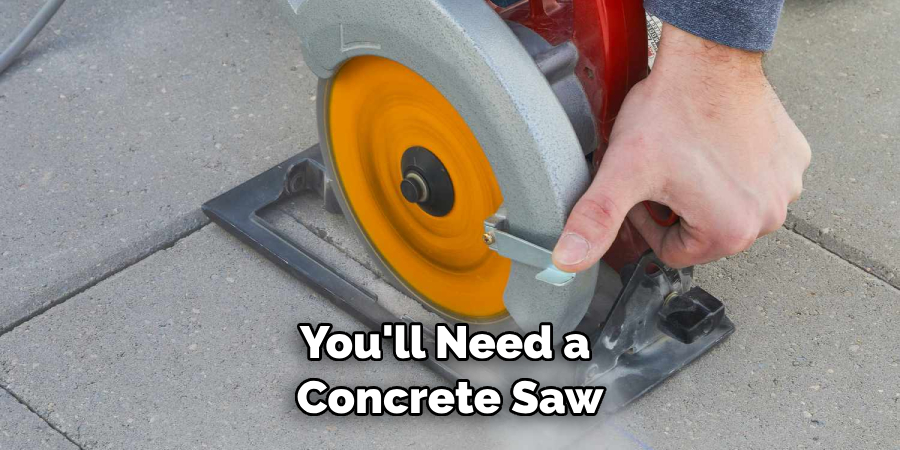
Do I Need a Professional Contractor?
If you are unfamiliar with the process or unable to complete the project yourself, it is best to seek a professional contractor. A professional will be able to assess the area and determine exactly what needs to be done. Working with a professional ensures that the job will be completed in an efficient and safe manner. Additionally, they can provide valuable insight and advice on any unforeseen issues that may arise during the project.
Conclusion
To successfully level a sloping concrete floor, it is important to properly prepare and execute the process. First, ensure that the floor surface is clean and free of additional debris that could interfere with the planned leveling. Second, take into account the area of the surface and ensure proper measurements to ensure material accuracy.
Finally, mix and pour the concrete or patching material to achieve a perfectly leveled surface. Through careful preparation, attention to detail, and proper execution of your plan, your sloping concrete floor can be evened out in no time!
The end result will be an aesthetically pleasing and structurally sound surface without dips or bumps that could lead to future problems. Follow the steps on how to level a sloping concrete floor outlined in this article to level a sloping concrete floor. Don’t wait – take on this DIY project today and enjoy the satisfaction of seeing your results for yourself!
